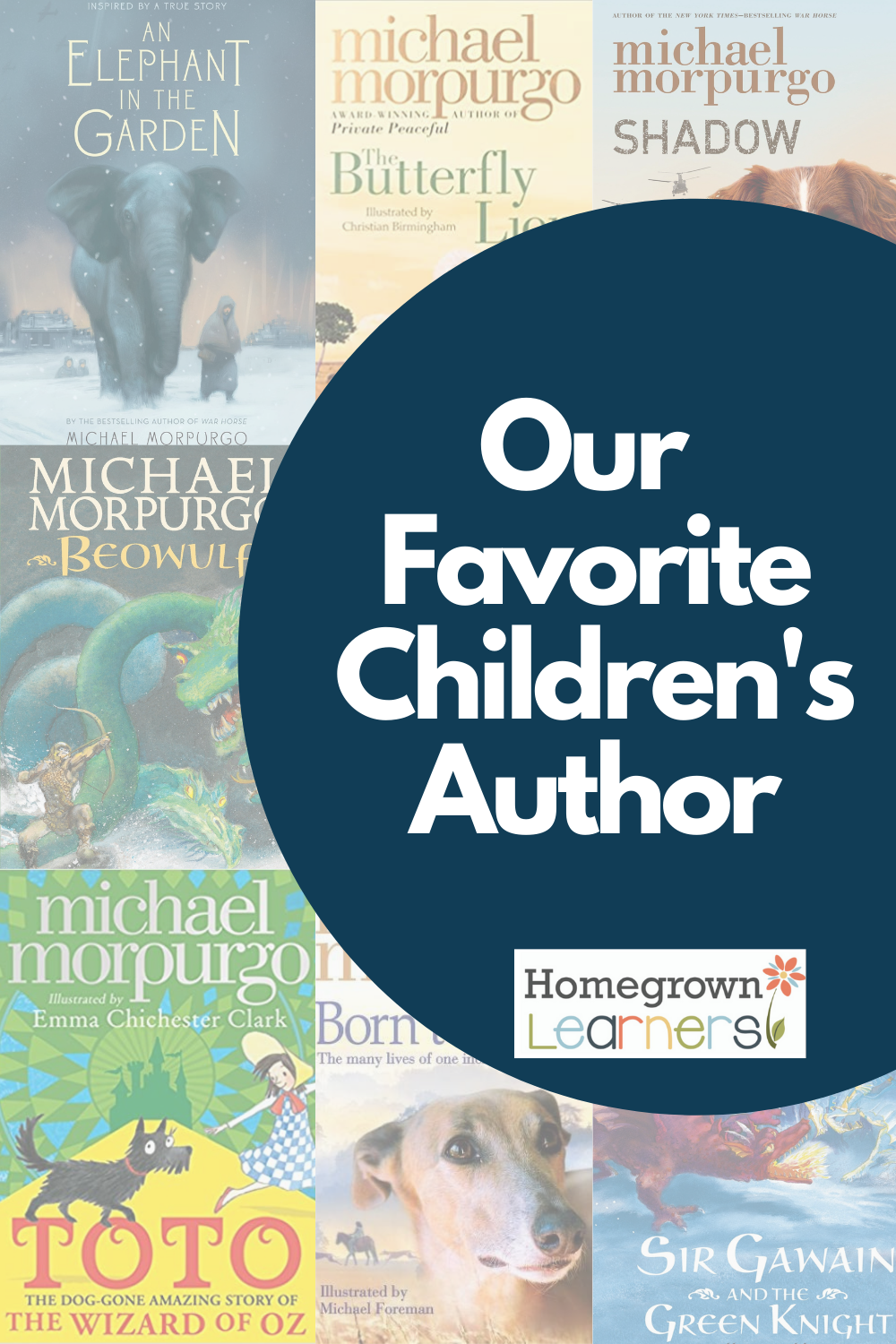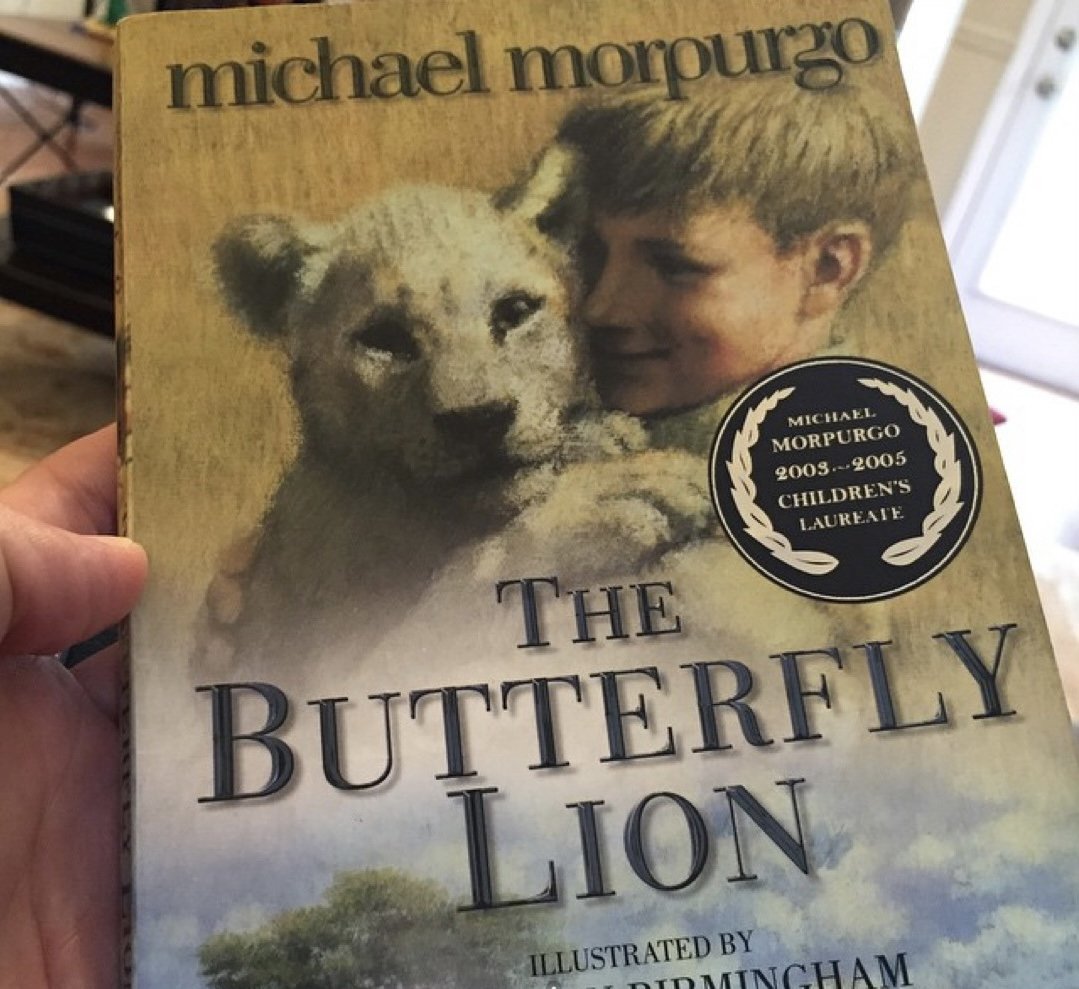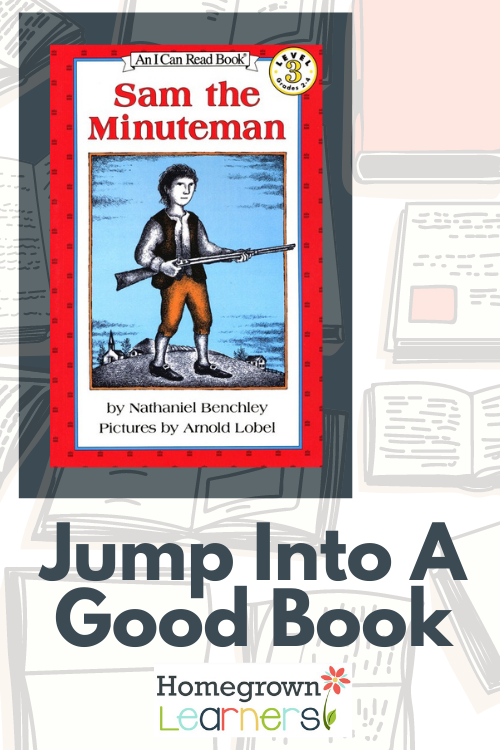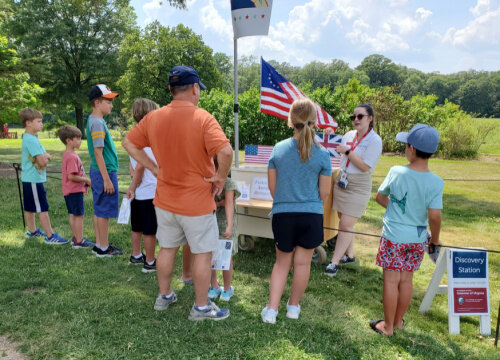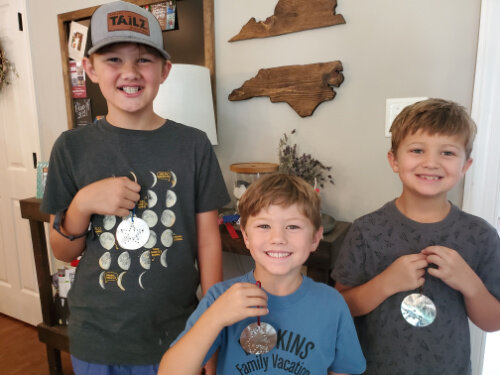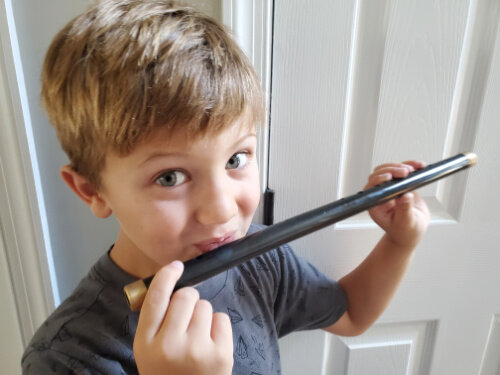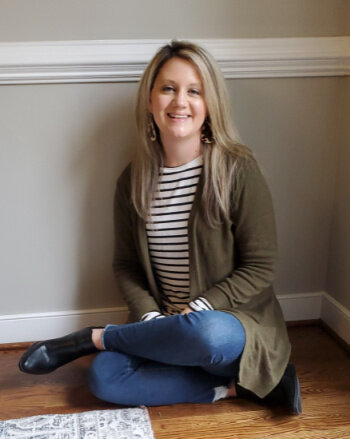Last week I finished a delightful book - Toto: The Dog-Gone Amazing Story of the Wizard of Oz - which is the story of the Wizard of Oz told from Toto’s perspective. Not only was it so sweet to view the story through Toto’s loyal dog eyes, but it was also good fun (the audio was excellent!).
This book was written by Michael Morpurgo. After I finished it I realized just how many books we have read by Michael Morpurgo over the years, and how much we have loved each one of them.
(In my own reading life, I’ve also included several books by Michael Morpurgo - because as an adult reader I want to read widely and well.)
You might be familiar with his most famous book, War Horse, but we have loved at least ten of his books in addition to War Horse.
Whether you use them as a read-aloud “just because” or choose titles that will coincide specifically with your history or science studies, there are so many choices! (I could even see challenging your avid readers to a month of Michael Morpurgo!)
Our Favorite Children’s Author: Michael Morpurgo
Michael Morpurgo is a British author, born in 1943. He has written over 100 books - including short stories, novels, picture books, and chapter books.
Because he was born during the Second World War, many of his books are informed by his childhood experiences and those of a nation plagued by war from the early to mid-1900s.
Rudyard Kipling and Robert Louis Stevenson are his favorite authors - and you can see those influences in so many of his books.
I always enjoy learning about authors and what motivates and inspires them. These resources will help your children learn more about Michael Morpurgo:
Why We Enjoy Books by Michael Morpurgo
These books are perfect for upper elementary/middle grades (or adults like me who love to read children’s books for fun!).
A few reasons why we love his books:
Many of the books have a historical connection - based on true stories
There is always a whimsical element to his books
Mopurgo doesn’t shy away from strong emotions or difficult events - but he presents them in such a way that helps us facilitate discussion through the events and characters in his stories
Many of his characters are children - faced with difficult decisions who act heroically
He obviously loves animals, and this shines through in so many of his stories
Many of Morpurgo’s stories are just plain funny!
Favorite Books by Michael Morpurgo
The first Morpurgo book we read was The Butterfly Lion. It was so good my children had me read it to them in just one day. It is the story of a young boy who rescues an orphaned white lion cub from the African bush. They are inseparable until the boy (Bertie) must go to boarding school and the lion is sold to the circus. What happens next is emotional - and ultimately very touching.
We then found Morpurgo’s adaptations of classics - Beowulf and Sir Gawain and the Green Knight were favorites! We read them aloud in elementary school, and then revisited them when the kids read the actual works in high school. They are FABULOUS introductions to these classic works.
Several of his books have been heart-wrenching and touching - teaching us so much about history. The Elephant in the Garden and Private Peaceful are two stand-outs.
My recent favorite is Toto: The Dog-Gone Amazing Story of the Wizard of Oz - which is the Wizard of Oz told from Toto’s perspective. I found myself laughing out loud in so many parts, and the audio was delightful! This would be such fun to use in a compare/contrast with Baum’s original Wizard of Oz.
Below you will find all of the books we have read and loved, and there are SO MANY MORE to explore. Remember, this is only a list of ten of his books - he’s written over ONE HUNDRED!
I hope you get a chance to include literature by Michael Morpurgo during your reading times with your children.
We have formed beautiful memories and made valuable connections because of these books - and I hope you can, too.

